The best way to eat your fresh vegetables is always to have a nice garden, both for recreational and safety reasons. Unfortunately, not everybody can afford it. Don't let living in an apartment or condo get in the way of your desire to have fresh vegetables at your fingertips. Amazingly, if you know the appropriate techniques, the majority of them can thrive in a little area like a pot or a basket. If you're new to container gardening, here are the best vegetables and herbs to grow anywhere, even if you don't have a garden.
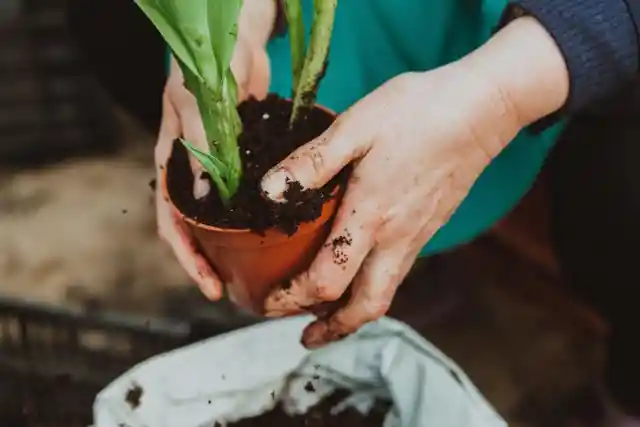
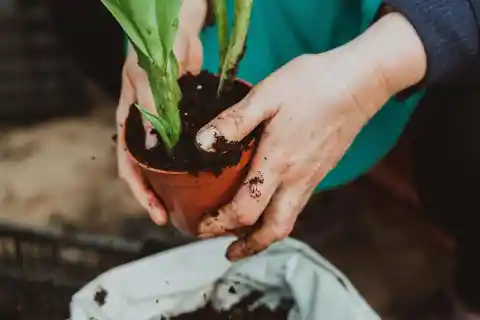
Tomato
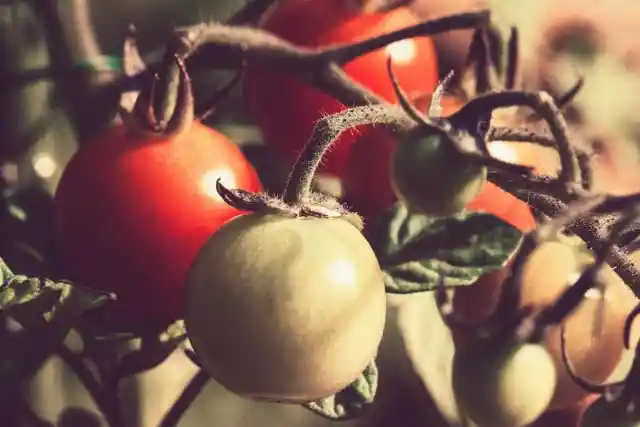
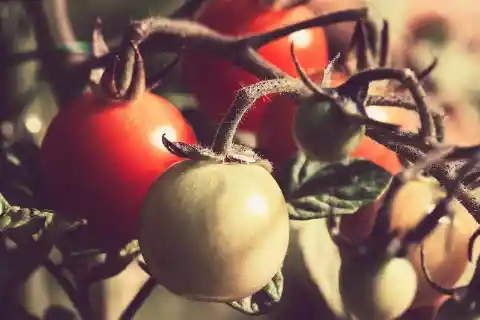
Tomatoes can thrive in containers in your backyard or hanging baskets on your balcony, as long as they have plenty of direct sunlight and support for their stalks. Tomatoes are simple to grow, but maintaining their condition is a separate thing. These tangy fruits' worst enemy is fungus, especially when it's hot and muggy outside. Pear, grape, and cherry tomatoes are examples of smaller (and, most crucially, more resilient) tomato varieties that you can try. They typically exhibit higher resistance to illnesses and other blights. They can be staked, hung, or spread out in baskets or containers. It's difficult to imagine how to cultivate those low-maintenance plants incorrectly.
Peppers
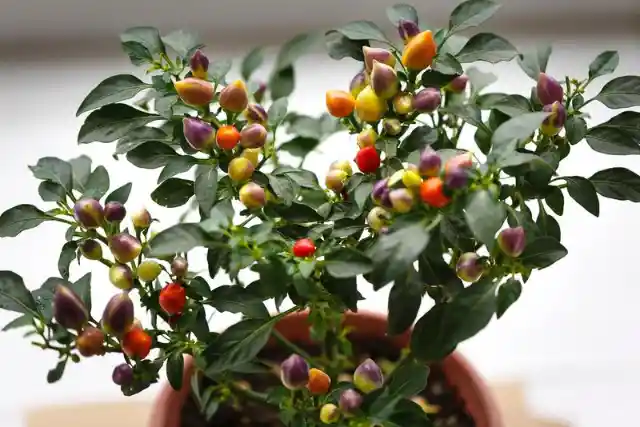
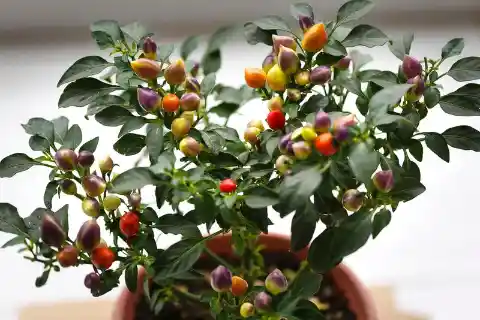
You may grow both tart bell peppers and spicy jalapenos in containers. Select a compact variety to prevent overgrown plants. Place outdoor pots in a warm, sunny location, and make sure they receive enough water. Pepper plants can be grown indoors in pots, but for the best results, you might need to give extra sunlight.
Herbs
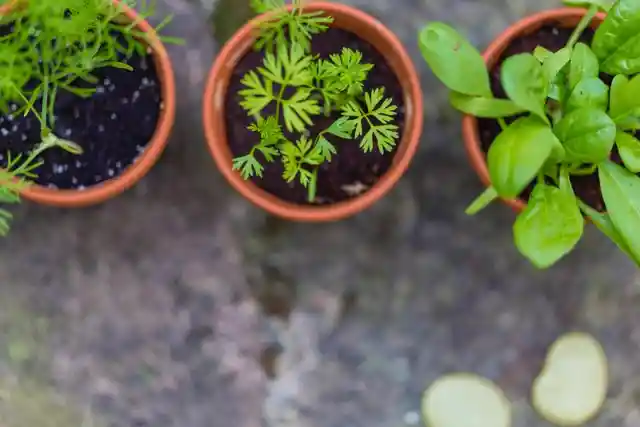
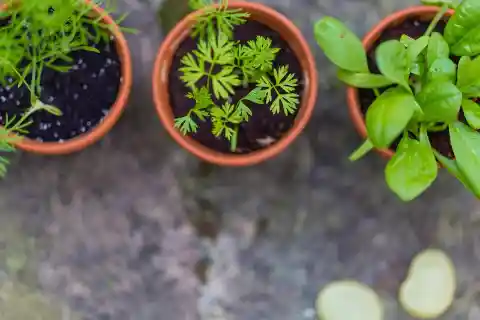
The cost of purchasing fresh herbs at the store may have caught your attention. Even more incentive to cultivate your own. While many herbs can be grown this way, basil, mint, cilantro, and oregano are preferred because their softer stems make sprouting simpler. Herbs require more time – expect a week or more — than other plants, so be patient. Cut a couple of stems 5 to 6 inches long. Take out the lowest leaves. Go for the ones with green, sensitive shoots. Fill a jar halfway with water. For optimal results, place the jar in a south-facing window.
Mushroom
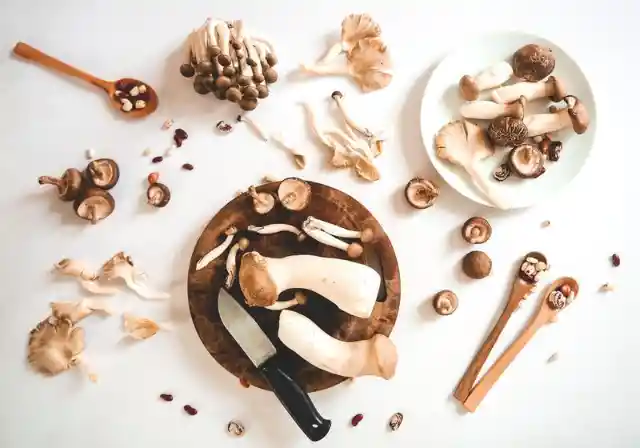
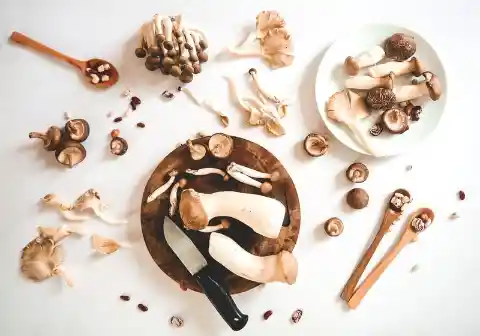
As one of the few foods that contain vitamin D, mushrooms are a fantastic addition to any indoor vegetable garden. Normally, finding mushrooms growing in your residence would be undesirable. However, edible mushrooms add flavor to any recipe. Two of the simpler types of mushrooms you may cultivate at home are shiitake and pearl oyster. The simplest option is to purchase mushroom growing kits from Amazon or a specialty food store because cultivating mushrooms from scratch can be a bit of work.
Microgreens
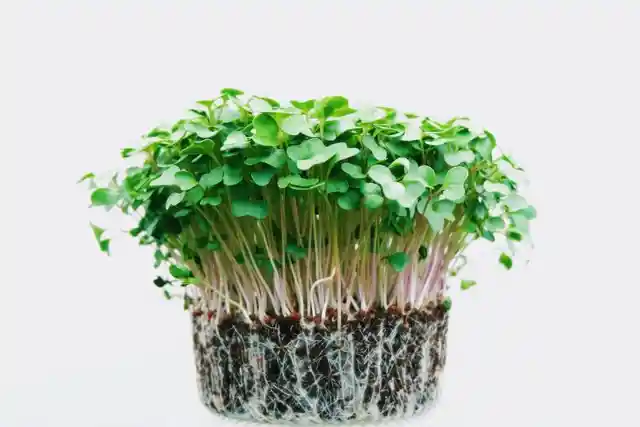
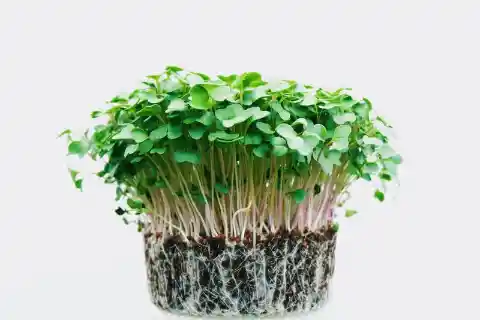
Microgreens are tiny greens from radishes, mustard greens, chard, broccoli, lettuce, and more. They are a beautiful (and tasty) small addition to salads and excellent for garnishes, and they are simple to cultivate at home as long as you have a sunny area to perch them. Sprinkle the seeds into a shallow dish of dirt, keep the soil moist, and the sprouts will be ready in no time.
Scallions
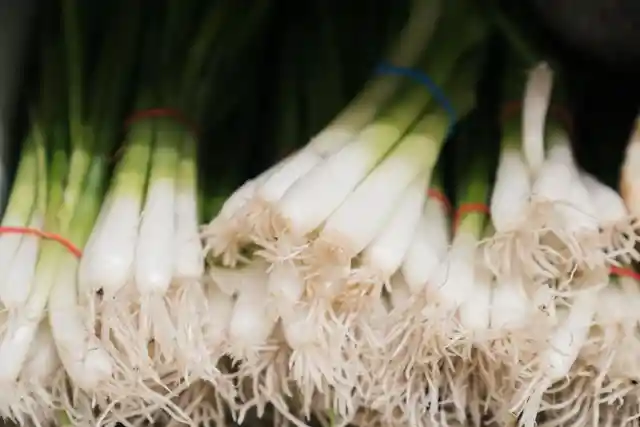
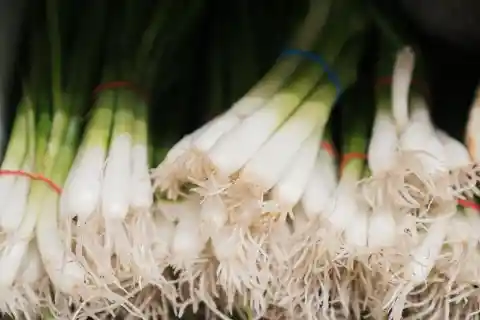
Next time you buy scallions, don't use the whites; instead, sprout them if you frequently purchase bunches that go bad before you get a chance to utilize them. Simply place bulbs in a glass with one inch of water, and fasten them with a rubber band. Change the water on a regular basis, and new branches and roots will appear in 7 to 10 days. Snip the greens as needed and plant them in a container or garden.
Lettuce
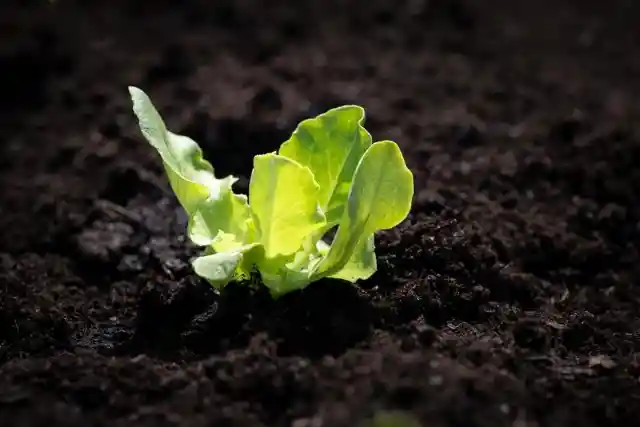
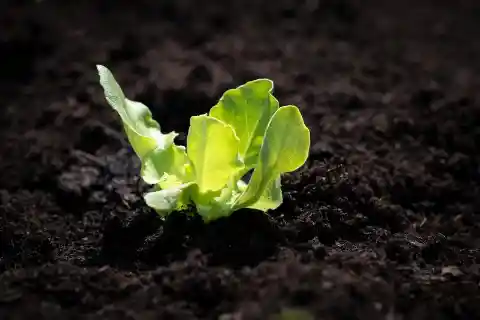
Unlike plants grown for fruit, lettuce can grow quite fine in the shadow and requires less sunshine than other vegetables. In fact, keeping lettuce in some shade may be even healthier for it. By doing this, you can keep the young leaves cool and extend the season's yield. In contrast to extensive planting space, you can quickly transplant or seed lettuce in pots, providing you complete control over pests and weeds. While it is possible to prepare your little garden for early, productive lettuce production in the spring, it is more commonly known as a fall crop. The ideal temperature range for this vegetable is between 60 and 70 degrees Fahrenheit.
Garlic Greens
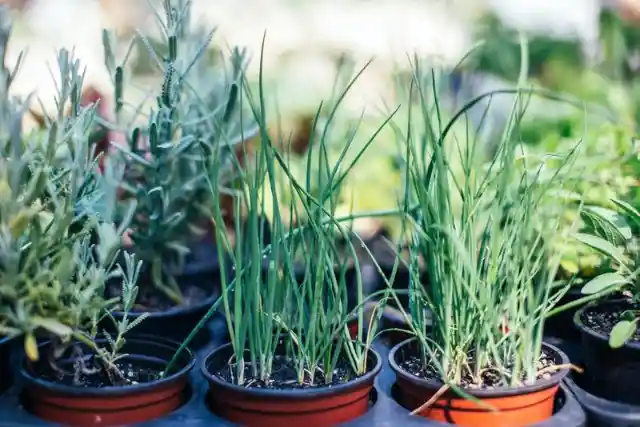
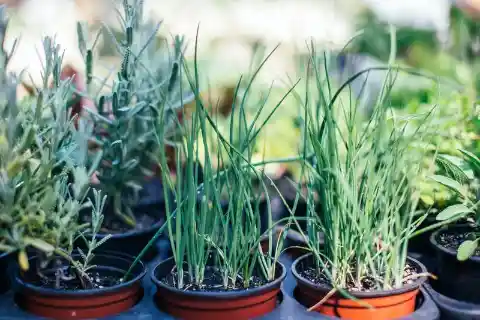
Although it is simple to grow garlic indoors, you can only harvest the greens because the plant can’t develop bulbs without winter chill hours. A delectable specialty crop known as garlic greens has a mellow flavor that is a cross between garlic and onion. They can be used either raw or cooked, just like scallions. Simply trim the stem to a few inches, slice or chop it, and add it to your food. Garlic cloves should be planted one at a time, two inches apart, and two inches deep. Once the leaves are at least 6 to 8 inches tall, you can begin gently harvesting them.
Carrots
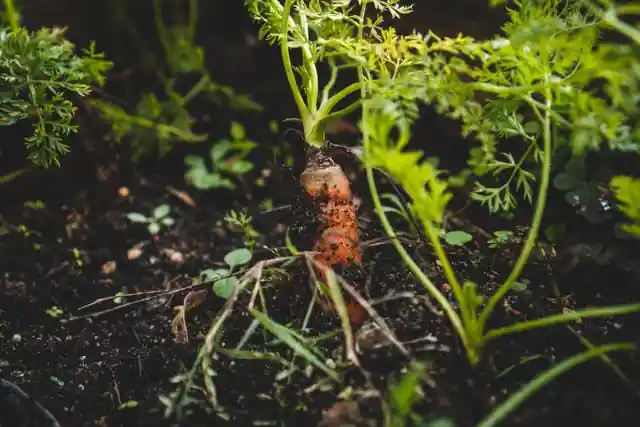
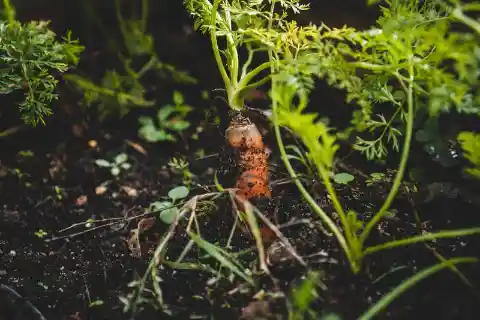
Like most root vegetables, carrots thrive indoors because they don't need as much light to produce a good crop as fruiting vegetables do; if you just have access to four hours of direct sunlight, carrots will still grow well. However, more light encourages the plants to develop more quickly, allowing you to harvest sooner rather than later. Round carrots, like Tonda di Parigi, are ideal for pots, but any type can be grown as long as the container is deep enough (at least 12 inches deep) or the carrots are harvested when they are still young.